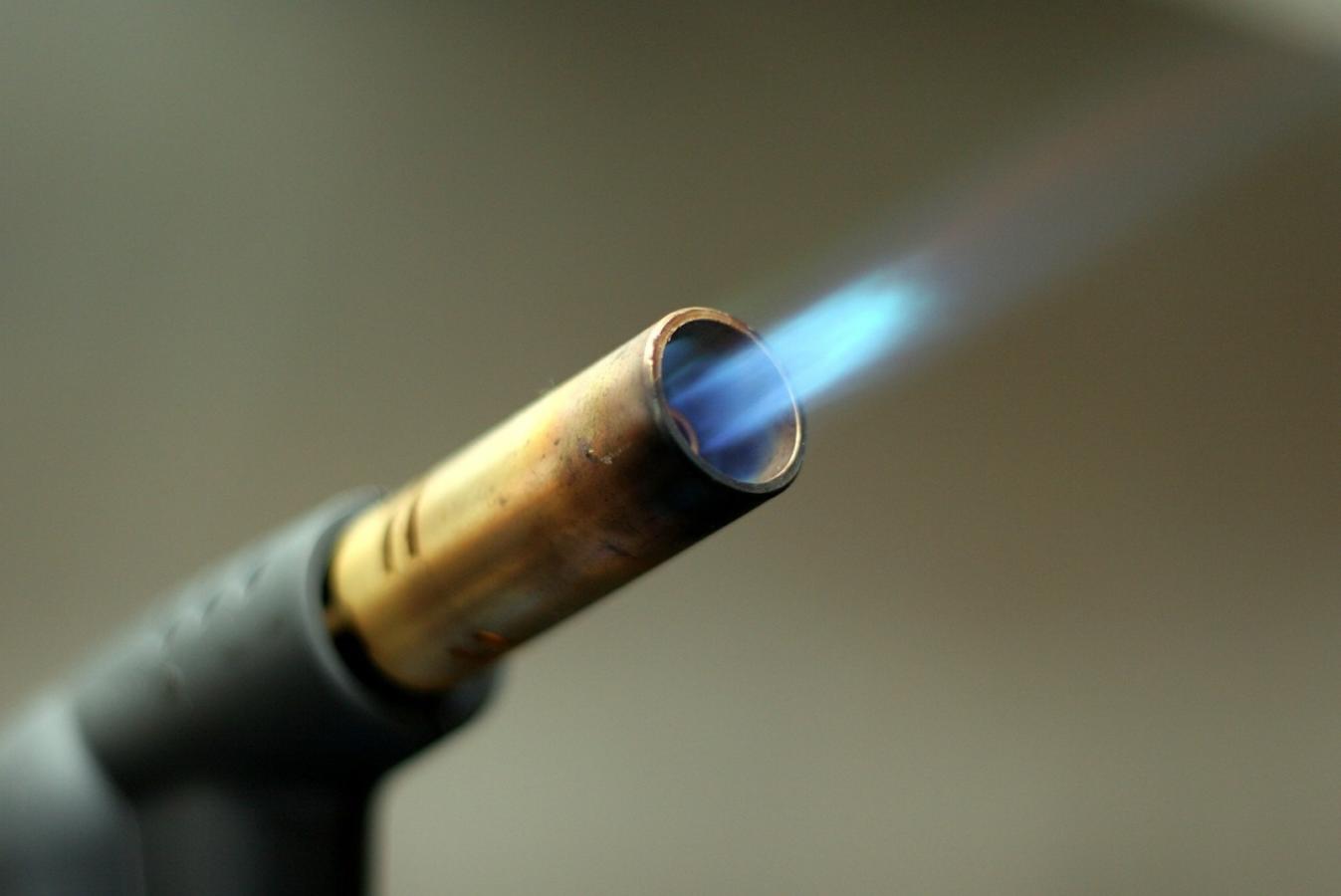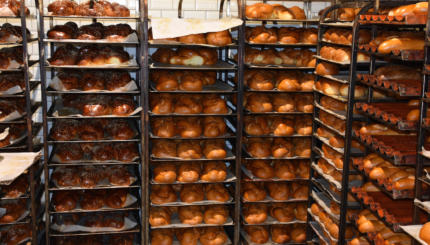There is no single standard for keeping kosher, and therefore no single standard for keeping a kosher home.
Some people consider food items kosher if there’s nothing definitively unkosher in them — like no pork products, for instance. (This is sometimes called “ingredient kosher.”) Other people insist any product be certified kosher by one of the recognized kosher supervisory agencies (sometimes called “strictly kosher.”) Likewise, some people consider their home kosher if there are no non-kosher products in it. Others will insist that every item be kosher certified.
There are also various standards around how dishes and cookware need to be handled. Many households have completely separate sets of dishes and pots for meat and dairy, others will use glass plates for both. Households must also decide whether one can use a microwave or dishwasher for both meat and dairy, and so on.
Getting started on keeping a kosher home probably begins with deciding on a standard. Are you only avoiding pork and lobster and other classically unkosher foods? Will you accept a loaf of bread that is made only from flour and water but wasn’t certified kosher by a rabbi? What about bringing home food from a non-kosher restaurant? Will you keep it in your fridge? Serve it on your plates? Reheat it in the microwave? Some of that? None of that? Only for some foods and not others?

Help us keep Jewish knowledge accessible to millions of people around the world.
Your donation to My Jewish Learning fuels endless journeys of Jewish discovery. With your help, My Jewish Learning can continue to provide nonstop opportunities for learning, connection and growth.
You probably want to start by eliminating foods from your house that don’t meet the standard you’ve set for yourself and resolving not to buy them anymore.
Then there’s the question of kitchen equipment: appliances, cookware, plates and silverware. This is typically the main thing people deal with when transitioning to a kosher home.
Under Orthodox Jewish law, kitchen equipment must be kosher — that is, never used to prepare or serve non-kosher foods. They also need to be designated for either dairy or meat foods. Traditional kosher laws not only require that meat and dairy not be consumed together, but they can’t be cooked in, or eaten off, the same plates.
If your equipment doesn’t meet that standard (and you want it to), you’ll have to “kasher” it — essentially, make it kosher. This is a complex process, and you can read more about it here. Some items can be kashered merely with boiling water, but some require more serious tools, like a blowtorch. As a result, some people will hire a rabbi to do this for them, but you don’t have to. There are also some types of cookware that are “unkasherable,” so you may want to consider replacing them.
In any case, most rabbis would agree that keeping kosher is not an all-or-nothing proposition and transitioning to a kosher home is a process. Start with what’s feasible and progress as you feel comfortable.
Here are some more resources to help you get started kashering your home:



